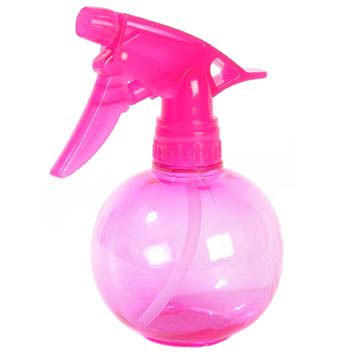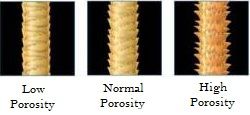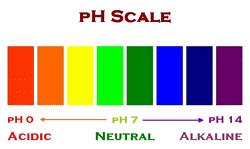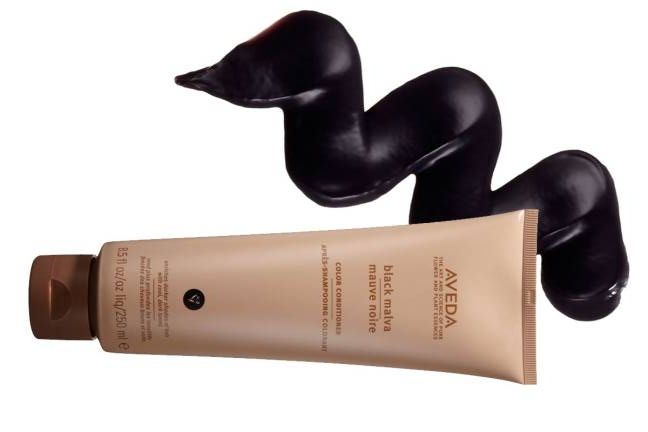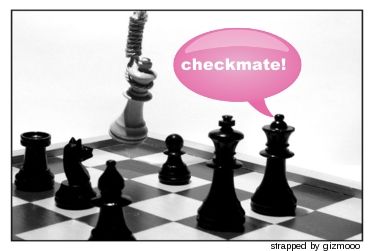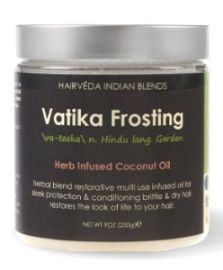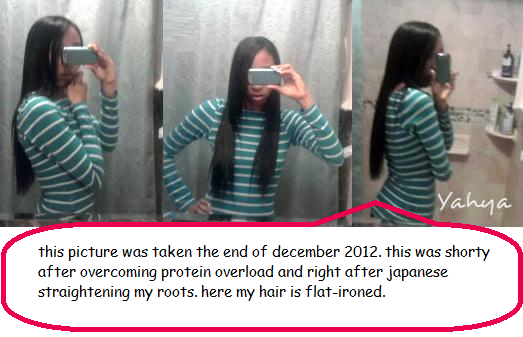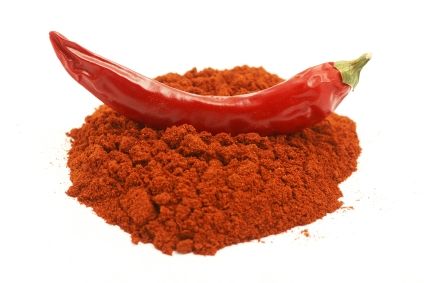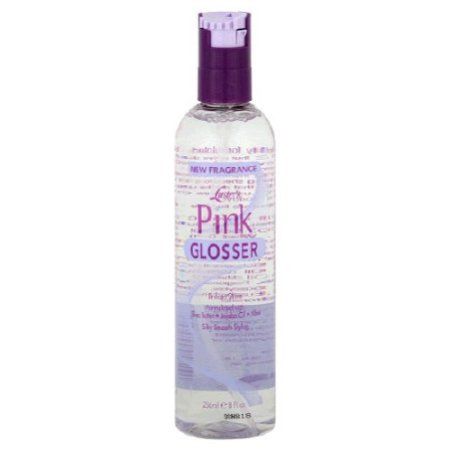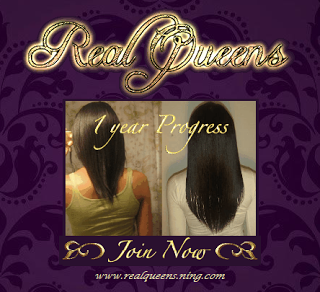DIFFERENCE BETWEEN RELAXING & JAPANESE STRAIGHTENING
so about half a year ago, November-December, I Japanese straightened for the first time at a salon called Hairs Talent in Connecticut. I choose to Japanese straighten because...
1.
it's a much less harmful chemical than relaxing. while relaxers uses sodium hydroxide (ph of 14) or calcium hydroxide or guanidine hydroxide (ph of 9-11). Japanese straightening, on the other hand, uses ammonium thioglycolate, the same chemical used in curly perms. and has a ph of 8-9.
2.
the disulfide bonds in the hair are replaced rather than permanently broken. as
stated before in
hair patterns, "disulfide bonds are two sulfur atoms that are connected to each other. straight hair, which has a rounded cuticle, has disulfide bonds that are aligned and scarce throughout the cuticle. curlier hair has more oval, half moon shaped cuticles and more disulfide bonds that are arranged in a more slanting pattern... sodium hydroxide relaxers work by replacing the original disulfide bonds with a bond called a lanthionine bond, which only has one sulfur bond (this decrease in sulfur bonds gives it a structure more similar to straight hair). curly perms, on the other hand, work on the hair by forming new disulfide bonds with two sulfur atoms".
when using ammonium thioglycolate, whether in a curly perm or Japanese straightening, the sulfur bonds are temporarily broken and than reattached back, while in a sodium hydroxide relaxer the sulfur bonds are permanently broken because they're turned into lanthionine bonds where there is no longer two sulfur atoms, but one.
3.
less product usage. because there isn't as much protein and moisture lost, and the hair porosity isn't raised as much, less deep conditioning, leave-in, and "fixing" is needed. the health of the hair is more stable compared to relaxed hair. think of the extent of damage like dyed natural hair that looks flat ironed, this is the amount of care it'll need.
4. straighten curl rather than relaxed curl. rather than a relaxed curl, Japanese straightening literally straightens your hair. your hair does not have the personality of curly hair, no frizz. you can air dry your hair and no frizz. as my hair has been getting longer I wanted a little less volume and less detangling.
after blow drying at Hair Talents
Japanese straightened roots--Relaxed length
5. stronger line of demarcation. even though the texture difference is increased there is less breakage when stretching compared to relaxers, making transitioning easier. also, you can put a curly perm over your straightened hair is you ever want to go curly, because the two processes use the same chemical.
you have to have at least 3 inches of growth to do it, if your Japanese straightening your whole head and have split ends it can make your ends look fried (usually people cut an inch off after the process, but this doesn't happen with touch ups); the process is lengthy and can take from 3-6 hours depending of your hair; it's hard to do it yourself, especially if you're not use to applying stuff on yourself, it's better to have 4 hands when applying this; it's a new thing so there isn't that much information about it in the hare care journey community, especially because of the myth that it can't be done on afro hair; and at salons it's expensive. veeeery expensive.
WHY JAPANESE STRAIGHTENING ISN'T "SUITABLE" FOR AFRO HAIR
the reason it's said that it's not suitable for afro hair is because you most likely, especially is your doing it yourself and isn't being done by a hair style expert, won't get the dead straight results Japanese straightening promises. it's suppose to give you shiny straight hair like the typical Asian hair. kinky hair will have a more subtle shine and not be poker straight and the kinkier your hair, the more likely you'll get a little wave. but to me, that's ridiculous! the results are still better than relaxed hair, and you can always lightly flat-iron if you want that pin straight look! and I'm sure most girls here don't even want that pin straight look! if you Japanese straighten to get pin straight hair, know that it will be harder to hold a curl. to get the texture you want, you can judge your curl type and get a resistant, normal, or mild formula.
WANT INFORMATION FROM AN EXPERT?
Japanese straightening goes by many other names: thio relaxer, thermal reconditioning, thermal relaxer, etc. as stated before, there is not much information about Japanese straightening in our community. I myself have now only straightened my hair using this solution twice. once at the salon and once at home. I know a lot on the subject, but I am not an expert. still learning. so I might not now all answers if asked for advise. (sorry!) here is a site I found of a stylist who is very educated on the subject and has a forum where he gives very educated answers to thio relaxed heads. the website is called
Verticals in Hair. he really gets deep into the science behind straightening. Hairs Talent, which is on youtube, is also a good place to get more information about Japanese straightening as the main stylist is also an expert. there are many videos showing that Japanese straightening can be done on afro textured hair. and here is an example:
notes: one, she's not applying the solution throughout the hair, she's applying a protection cream on the preciously treated hair. two, they are not using gloves because the solution is so mild. three, in the video she doesn't say it, but the little girl's mother didn't have the same hair type and didn't know how to take care of it, but didn't want to relax it. personally, I still think you should wait until age 13 and until your child is mature enough before permanently straightening their hair, because even though hair health isn't an issue as with sodium hydroxide relaxers, the child might grow up with identity issues. but I also understand their situation. and lastly, in the video she's saying bad hair isn't a hair texture, everyone has bad hair, but when you learn how or know how to take care of your hair is when your hair is good hair. good hair is healthy hair that looks good on you. the video didn't get the ratings it deserved due to people misunderstanding what she was saying.
HOME JAPANESE STRAIGHTENING
although I loved the results I got from Hairs Talent, it was just too expensive and far away. but I met someone who also Japanese straightens, LadyAradia from hairlista.com, but does it at home. I had no idea they sold Japanese straightening kits! the two I'm more familiar with is One n Only thermal ionic straightening and Quantum thermal straightener.
I Japanese straightened my roots about a week ago using One n Only thermal ionic resistant formula. at sally's I noticed the thermal kit had an added label that says "keratin" on the box, and I have no idea why. people might confuse it for a Brazilian keratin treatment. it might be because the straightening lotion has four different proteins.
the ingredients for the straightening lotion:
water, ammonium thioglycolate, cetearyl alcohol, diammonium dithiodiglycolate, laureth-23, mineral oil, pentasodium penetrate, ammonium hydroxide, sodium lauryl sulfate, hydrolyzed keratin, hydrolyzed corn protein, hydrolyzed wheat protein, hydrolyzed soy protein, fragrance, benzyl salicylate, hexyl cinnamal, linalool.
what the kit comes with:
a clarifyig shampoo
porosity leave-in
straightening lotion
neutralizer
and here is the looong procedure that happened:20 minutes ) applied roux ph porosity on newgrowth. I had absolutely no breakage doing this thanks to the henna gloss I did last week.
5 minutes ) went under dryer
10 minutes ) used clarifier & plan apple cider vinegar rinse
about 30 min ) airdried instead of blowdrying, applied porosity leave-in on semi damp hair
about 30 min ) detangled hair to the point where a fine tooth comb could pass and divided hair in 8-9 sections. I had been experiencing little breakage when combing during my stretch, especially since using henna the previous week. but since my hair was dry without any real conditioning (the leave-in is very light and liquidy) I did get some breakage at this point.
about 30 min ) applied protection cream on previously treated hair. the protection cream made my feel a little stiff so I was afraid I was getting protein overload since I just hennaed it last week and had no idea what the cream was made of, there was no ingredients on the jar. since it was a chemical protection it could have been filled with heavy proteins.
20 minutes ) starting from back to front, applied straightening lotion on newgrowth
10 minutes ) continued to smooth the newgrowth and apply more lotion to areas that looked like it needed more
20 minutes ) had plastic cap on. processing time always scared me! I was worried because the back of my head had the lotion on for 50 minutes, but my front 30, but than again the back of my head is curlier than the front. though the directions say up to 30 minutes, I read reviews with people going longer like 45 minutes. I also realized I wasn't sure how it should look when processed. when I saw the curl was loosened and wavy-ish was when I thought it was processed, but my mother thought it was suppose to be straight.
13 minutes ) I rinsed my head for 7 minutes, lifting my hair so it wouldn't rinse into my relaxed length. then I let my hair down and continued rinsing. I was relieved at this point because my relaxed length felt moisturized rinsing out the protection cream, and from this point forward I've experienced no breakage. at this point my hair still had some texture to it.
about 1 hr 30 min ) I applied the porosity leave-in and aphogee again, then blow dried the roots of my hair, which was very easy, to 80% dry. my roots were flat ironed in skinny pieces and a 90 degree angle using a corioliss ceramic flat iron (I used a ceramic instead of a tourmaline ceramic because ceramics flat iron straighter ). and THEN I lightly flat ironed the rest of my hair using my fhi go styler tourmaline ceramic iron (I'm still not perfectly sure why the whole head has to ironed, but better safe than sorry). my hair, especially my roots, looked pin straight at this point.
20 minutes ) I saturated my hair with the neutralizer, especially the roots (the whole head is suppose to be neutralized even with a touch up). at this point my hair didn't revert back to how it looked when I first rinsed out the straightening lotion, but it didn't stay pin straight either. it looked like it has it had a flattened wave, if that makes sense.
about 30 minutes ) I let the neutralizer sit for about 10-20 minutes and rinsed out my hair for 7 minutes. I than used the rest of my apple cider vinegar rinse since I had left over and didn't want to use a conditioner. using a conditioner is optional but using one can hinder the final results of your hair if your trying to go for a more straight look. but I felt the acv make a big difference in the smoothness of my hair. I only rinsed out half of it and left in as a leave-in.
45 minutes ) I applied the leave-in and aphogee once more, blow dried my roots with my fingers, and lightly flat-ironed them with my fhi go styler (on about 200 degrees). finally done!
(( click
here to see my update! ))
